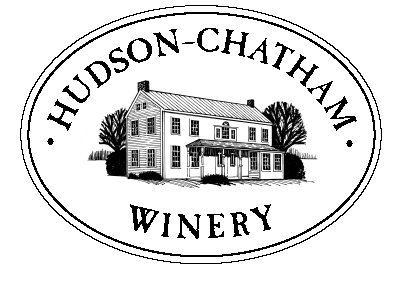
Sweet smell of spring: It's maple sugar season in New England
By John Curran
Associated Press Writer / March 14, 2008
By John Curran
Associated Press Writer / March 14, 2008
EAST MONTPELIER, Vt.—At Bragg Farm, seventh-generation maple sugarmaker Doug Bragg does things the old-fashioned way -- with a tractor, family members and 2,200 galvanized steel buckets.
Stomping through 3-foot-deep snow wearing snowshoes, they scatter the buckets, one or two per tree. Then Bragg drills a two-inch hole in each, hammers a cast iron tap into it and hangs a bucket on it.
Inside, a precious commodity will collect a drop at a time. This year, it's likely to be more precious than ever.
High energy prices, rising demand and depleted stockpiles from two years of subpar production are expected to drive up retail prices.
Fuel oil prices hovering around $3.50 a gallon have hurt sugarmakers who use oil to fire their evaporators, where the sap is boiled into syrup. Some sugarmakers use wood.
"There's been a huge increase in fuel costs," said Catherine Stevens, marketing director for Vermont's maple sugar industry. "When you're dealing with materials made of plastic and steel, those prices have gone up. Even glass containers. All of those -- plastic, tin and glass -- have all increased."
The price hikes won't be seen until the sugaring season -- which lasts four to six weeks -- is over, she said.
"No one has actually put numbers on it yet," said Stevens.
In Maine, the No. 2 syrup-producing state behind Vermont, production fell last year to 225,000 gallons, a 25 percent drop from 2006 and the lowest output in six years. Michael Smith, of the Maine Maple Producers Association, says the depletion of syrup stockpiles there and in Canada could mean price increases of up to 30 percent.
In snowy woods all across New England, sugaring season is sweeping slowly north. As the days lengthen and warm up -- but freezing temperatures continue at night -- sugar maples begin yielding their clear liquid. And syrup makers begin boiling down the sap, roughly 40 gallons of it to make a gallon of syrup.
Some use plastic tubing to move sap from tree to sugarhouse. In Bragg's 50-acre sugarbush, they stick to the old way. Call it tradition, call it sentiment, call it stubborn Yankee pragmatism.
"It's all those things," said Bragg, 53. "It's what we grew up doing."
"It's all those things," said Bragg, 53. "It's what we grew up doing."

No comments:
Post a Comment